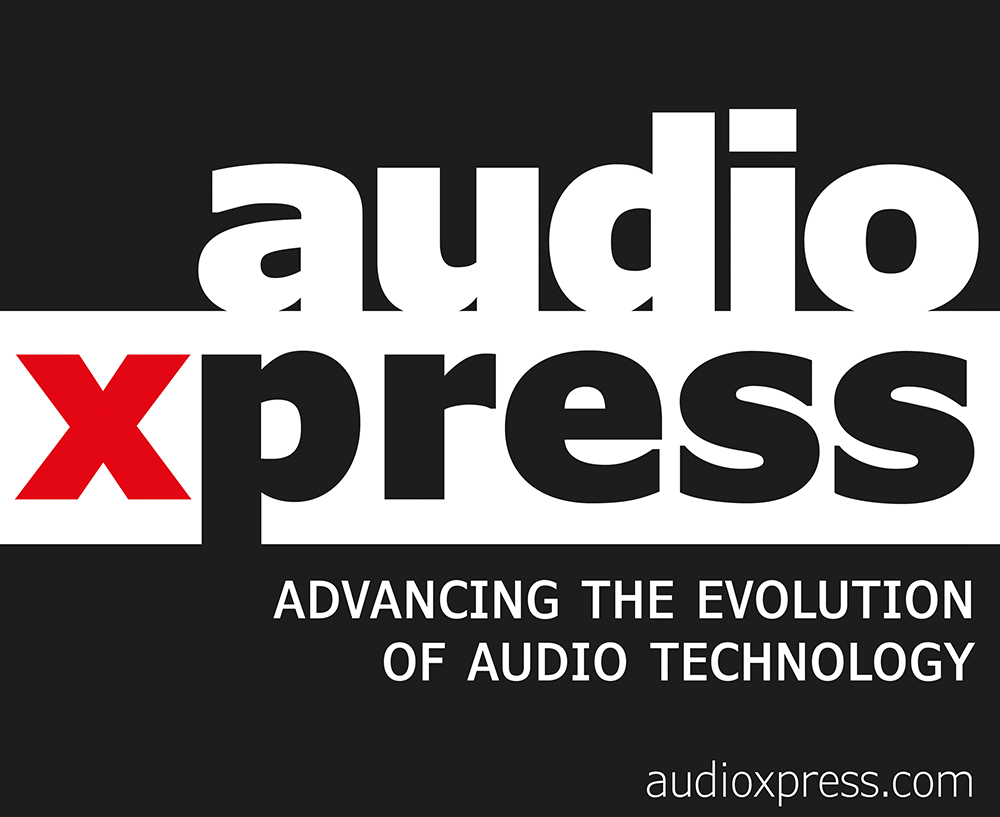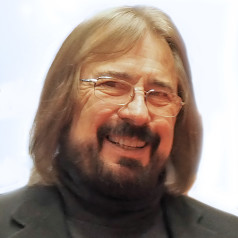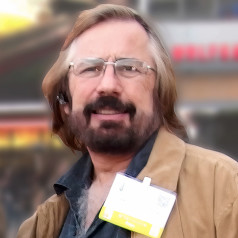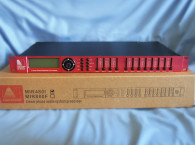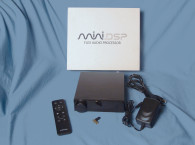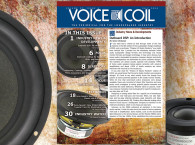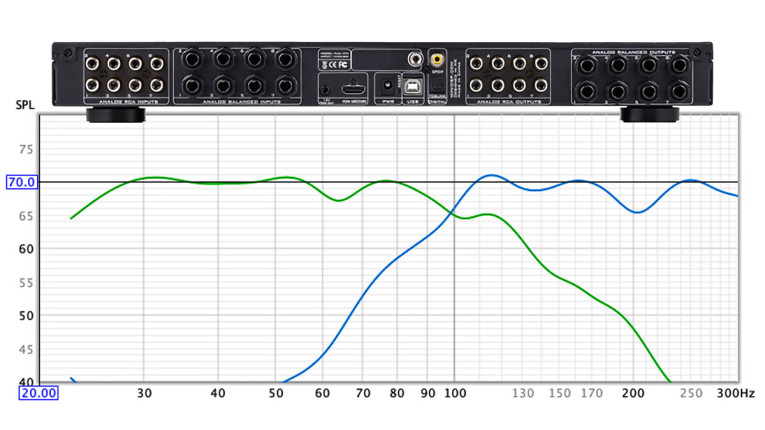
If you have had a chance to look through some of the new material in the 8th edition of the Loudspeaker Design Cookbook (LDC8), and in particular, “Chapter 13 Studio Monitors,” you might have noticed how I pointed out the dichotomy between home audio loudspeaker design formats and technology and studio monitor formats and design technology. It may seem obvious, but home audio is dominated by passive crossover designs and studio monitor loudspeakers are dominated by active crossover designs. The statistics are almost exactly opposite with probably +95% of home audio speakers being passive networks with external amplification and about +90% of studio monitors are active networks with internal (in the enclosure).
If you also read the “History of Studio Monitors” section of LDC8, you would know that the early studio monitors were passive designs. It’s hard to say what exactly drove the change from passive to active powered speakers in the studio monitor market. While it’s true that rack-mount active crossovers were always available, these only consisted of classic filter functions and were pretty much analogous to selling prebuilt passive networks and presented the same deficiency. Whether active or passive, multi-way crossover networks must be designed for specific transducers: one size does not fit all.
Designing an analog active filter for a specific set of transducers requires not only high-pass and low-pass filters, but also high-pass and low-pass shelving networks, peak networks, and delay networks, plus parametric EQ. Creating this elaborate analog active network would require a loudspeaker company to transition to the electronics business, which is not always an easy task.
However, as the 1990s witnessed an explosion in the home studio market, I think this also drove the advent of active speakers with built in amplification. Early models, such as the Soundcraft Spirit Absolute 4, the Tannoy Reveal, and the Mackie HR824 active speakers of the late 1990s, firmly established the active powered speaker as the go-to for both home and pro recording studios. But these early powered speaker products were all built with analog crossovers and amplifiers with a new circuit design required for each model. It took the development of subjectively competitive-to-analog sounding AD/DA chips, Class-D amplification, and DSP for active powered speakers to dominate the studio monitor market. With more powerful DSP available, it was much easier for a loudspeaker manufacturer to configure a crossover and equalize a response to ±1.5dB to 2dB than it was with either passive or analog active filter designs, and once the sound quality was on par with analog designs, it was a no brainer, so to speak.
So why is the home market still hanging on to passive designs? After all, all the new program material is derived from digital sources with a chain that begins in a USB interface to a computer DAW, and mostly mixed on powered studio monitors using Class-D amplification and DSP crossover/EQ. This is a complex question, but the trend toward Class-D/DSP-powered speakers in the home hifi market does seem to be on its way. Since the release of the Klispch Fives, there has been an avalanche of powered Bluetooth and wireless speakers entering the home hifi marketplace. A lot of these designs are in the under $600 category with models from brands such as Klipsch, AudioEngine, Kanto, PSB, Elac, Mackie, and Sonos. However, higher priced models from KEF, such as the LS60 wireless ($4999 using Class-D amps on the low and mid sections, Class-AB on the high-frequency) and the Sonus Faber Duetto ($3999 with Class-D amps and ESS Sabre DAC) are also starting to proliferate.
However, displacing the firmly ensconced outboard amplifier manufacturing community is probably the biggest stumbling block to going headlong into a format with DSP and amps mounted inside the enclosure as has happened in the studio monitor business.
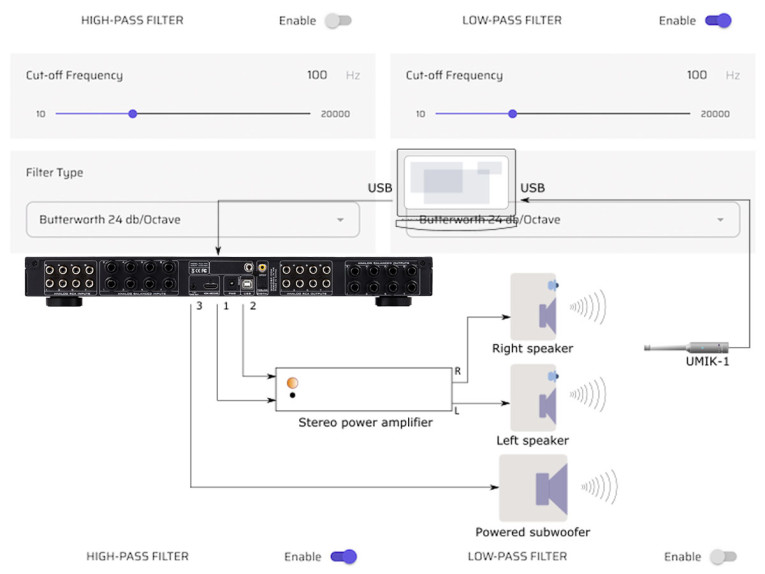
So, what about outboard DSP? While the car audio industry has been using outboard 12V DSP processors for several years, outboard DSP would seem to bring the best of both worlds and ease this transition in home audio. With outboard DSP, the choice of amplifiers is endless. And at least one company is already leading the charge with outboard DSP/amplifiers — Paul Hales’ Pro Audio Technology and Theory brands, both featuring loudspeaker product lines that utilize outboard DSP/amplifiers combinations. However, there are now several outboard DSP processors available from OEMs and off the shelf.
This introduction is the beginning of a series of product reviews featuring various measurements courtesy of Audio Precision, using the world-class AP555 analyzer. These upcoming articles will feature the new Danville Signal dspNexus, miniDSP Flex, and two processors from Marani Pro Audio, the MIR480I and the MIR260A, plus a listing of DSP modules that can be designed into a custom outboard DSP unit from Hypex, ALLDSP, Pascal, and Danville Signal. VC
This article was originally published in Voice Coil, July 2024
